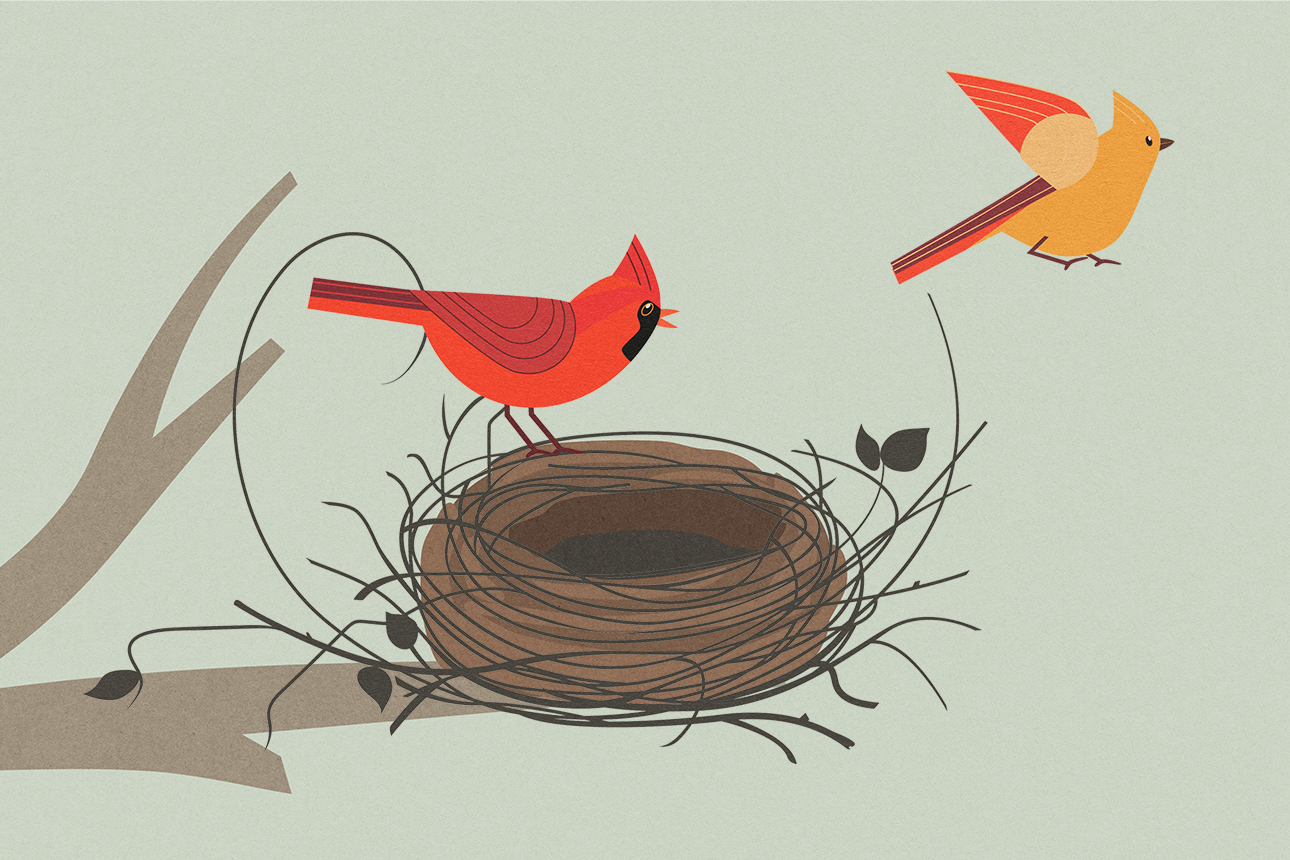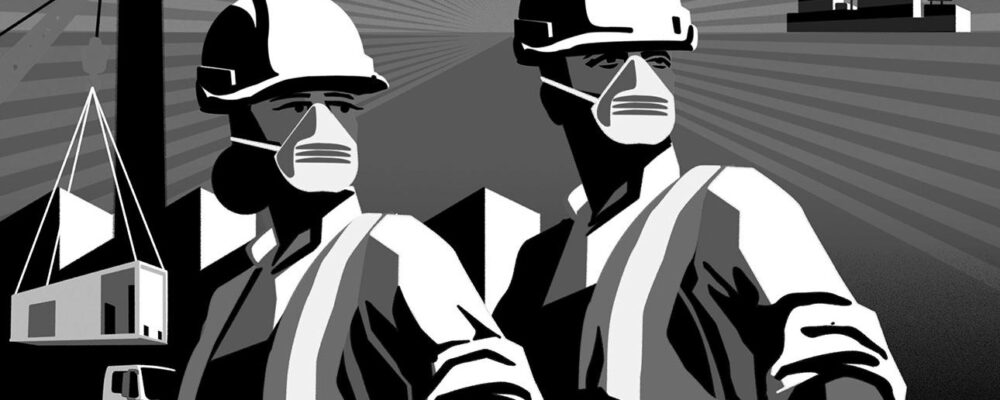For managers and teams, this is an unhealthy rapport. Here’s how to stop rolling your eyes and start treating each other like full-fledged adults.
Carolyn Geason-Beissel/MIT SMR | Getty Images
To prepare for an upcoming program with a global chemicals company, I conducted a series of interviews with the top managers and the people who reported to them. I heard a familiar refrain: The people at the top felt like the people in the layers below just didn’t take the needed initiative. As a result, the managers felt an obligation and responsibility to tell the direct reports what to do and how to do it. As one manager put it, “They are just not ready to take on this level of responsibility, and they don’t have the overall oversight and understanding that we do.”
When I spoke to the direct reports, they complained that the top managers didn’t trust them enough and acted paternalistic. As a result, the direct reports feared that if they took the initiative and something didn’t work as planned, they’d be punished. One country-level director said, “When something doesn’t work, we’ve learned to push it under the rug. Otherwise, it gets too complicated and messy.”
Email Updates on the Future of Work
Monthly research-based updates on what the future of work means for your workplace, teams, and culture.
Please enter a valid email address
Thank you for signing up
Unsurprisingly, these behaviors and mindsets also showed up in the company’s results: Although its cash cow had continued to produce profits, there had been no innovations in some time. And the company was struggling to pivot in the direction of a new strategy.
That’s a parent-child dynamic in all its dysfunctional glory at the workplace. Is your organization falling into this damaging trap? Let’s explore how to spot the trouble signs and move the culture toward an adult-adult dynamic.
Parent-Child Dynamics Versus a Healthy Hierarchy
In my work with organizations and their leaders, two types of organizations have emerged. In the first, like the company described above, the top management layer is seen as the parents and the layers below are seen as children who need to follow rules and can’t be trusted to make organizational decisions by themselves. In the second type, people in different layers of the organization acknowledge each other as adults, with each layer contributing in different ways and trusting one another to make these contributions.
Transactional analysis, a theory developed by psychoanalyst Eric Berne, offers an interesting lens through which to view these patterns: It proposes that when adults get into parent-child dynamics, rather than interacting as adults, dysfunction results.
References
1. It can also happen that two adults can take on parent-to-parent relationships (such as power struggles and resentment) or child-to-child relationships (such as irresponsibility and a lack of accountability). But in my experience, these parent-to-parent and child-to-child dynamics are less common in organizations.
Reprint #:
“The MIT Sloan Management Review is a research-based magazine and digital platform for business executives published at the MIT Sloan School of Management.”
Please visit the firm link to site






